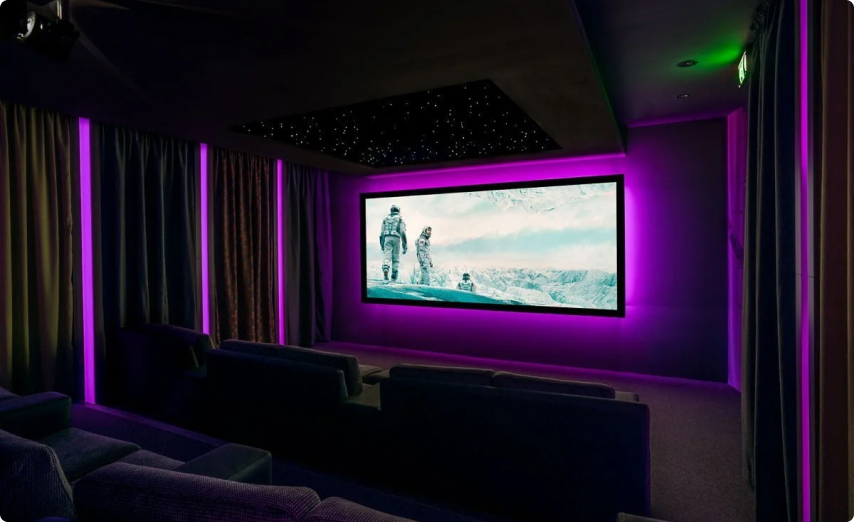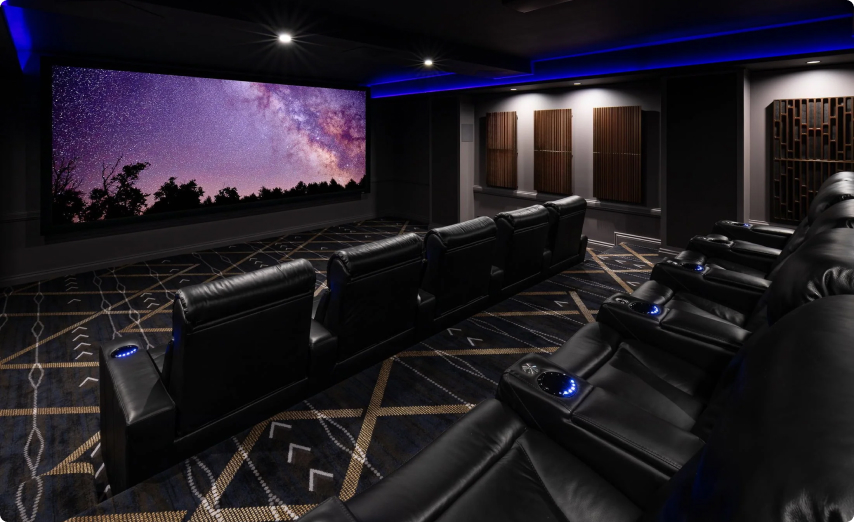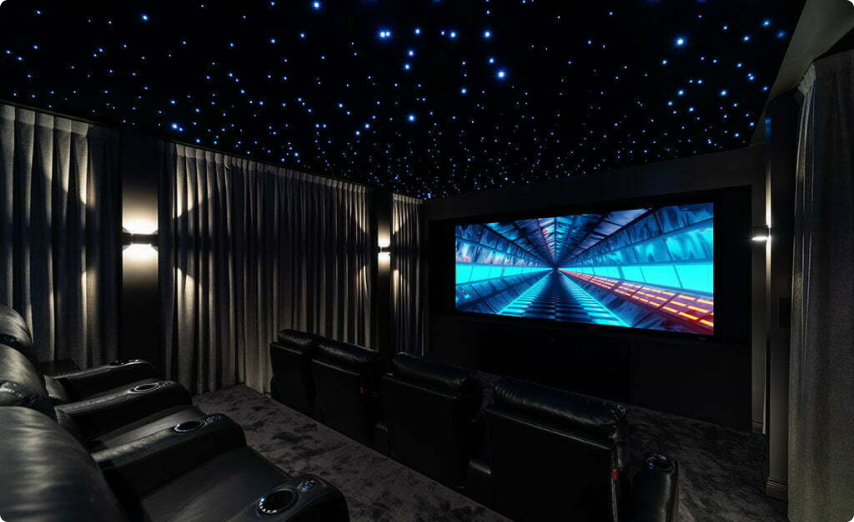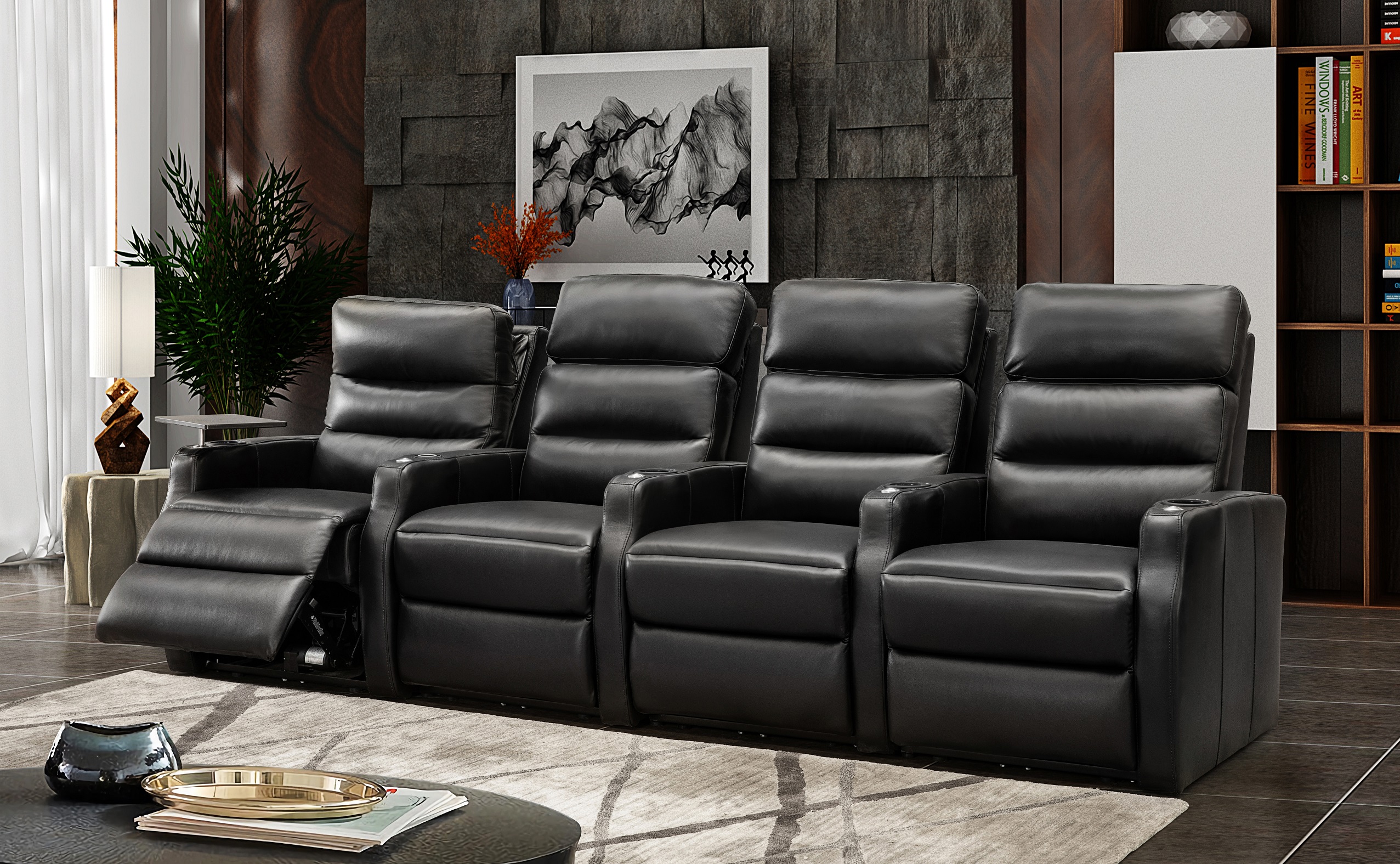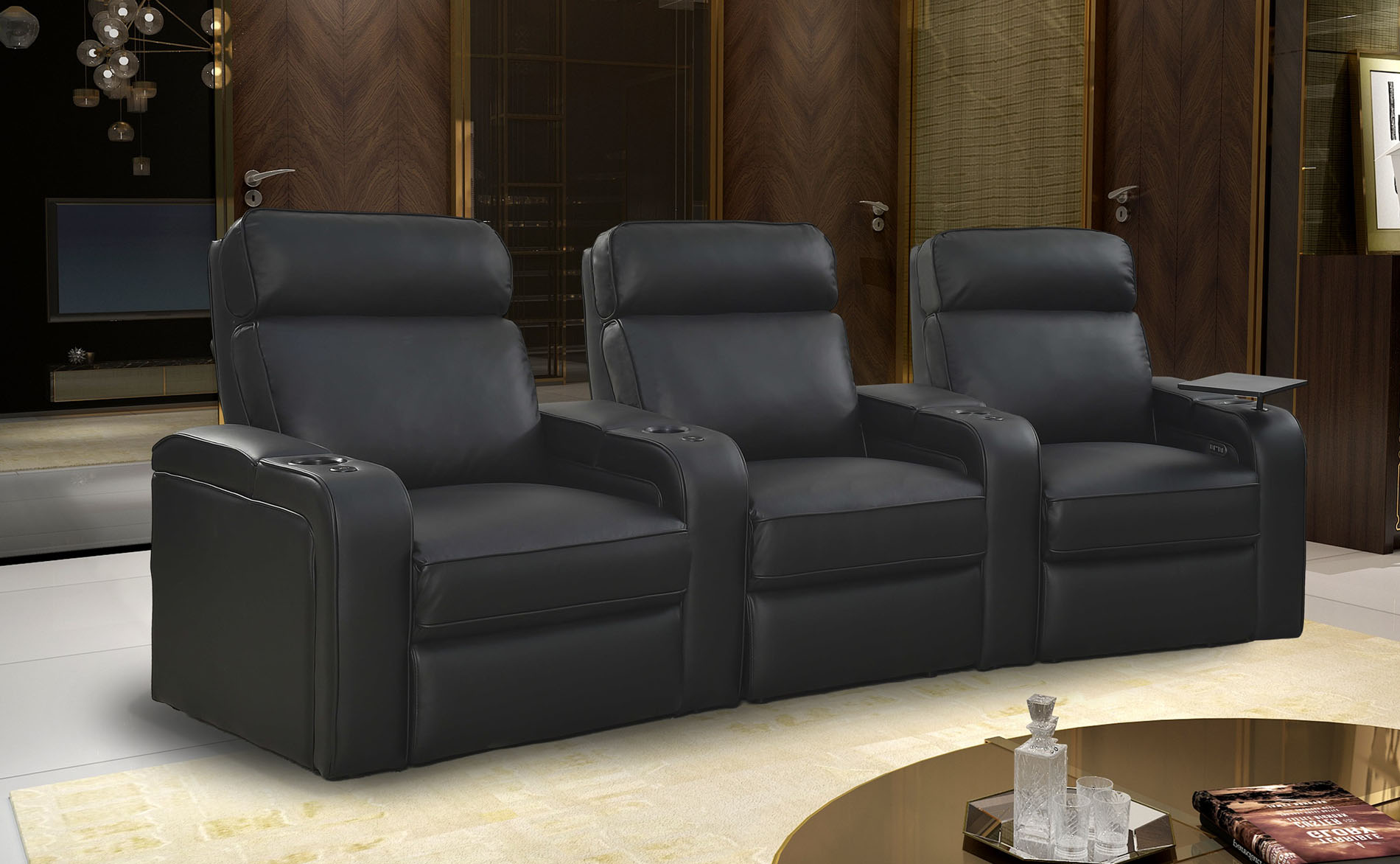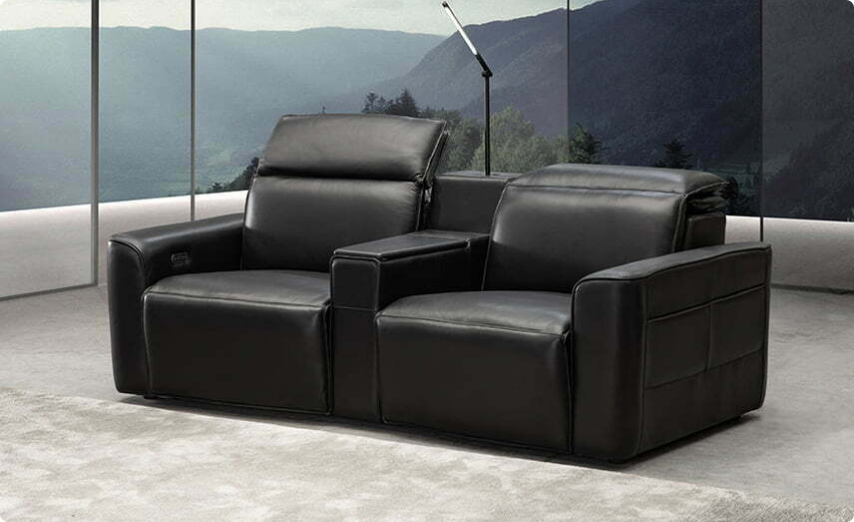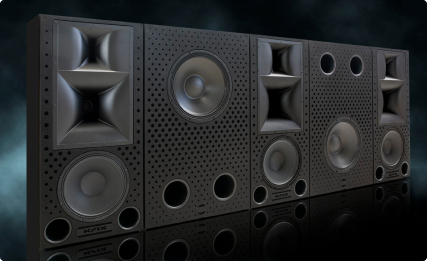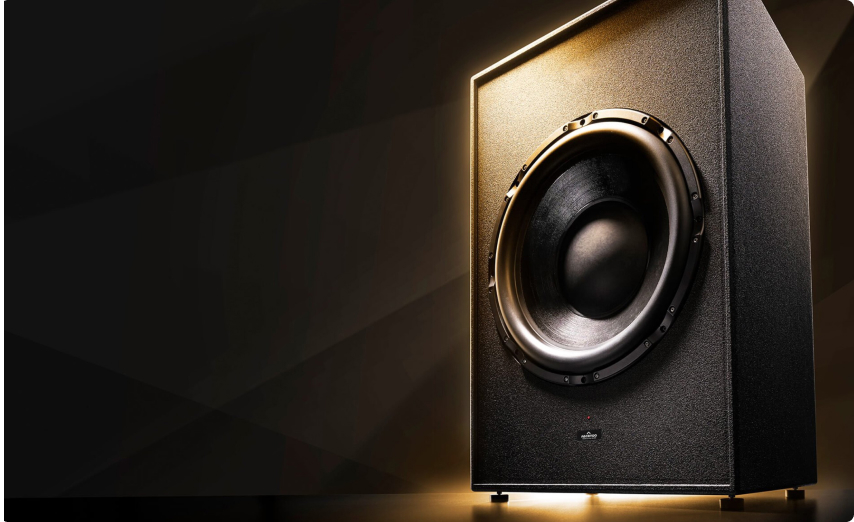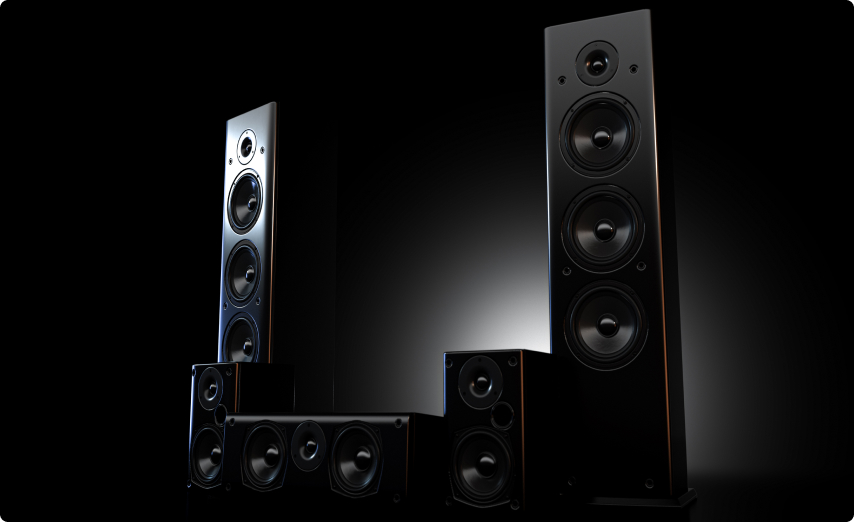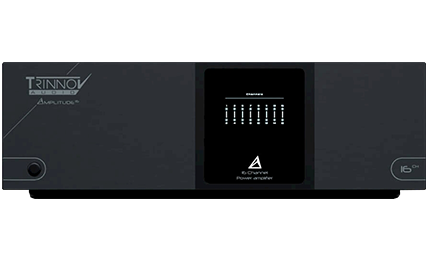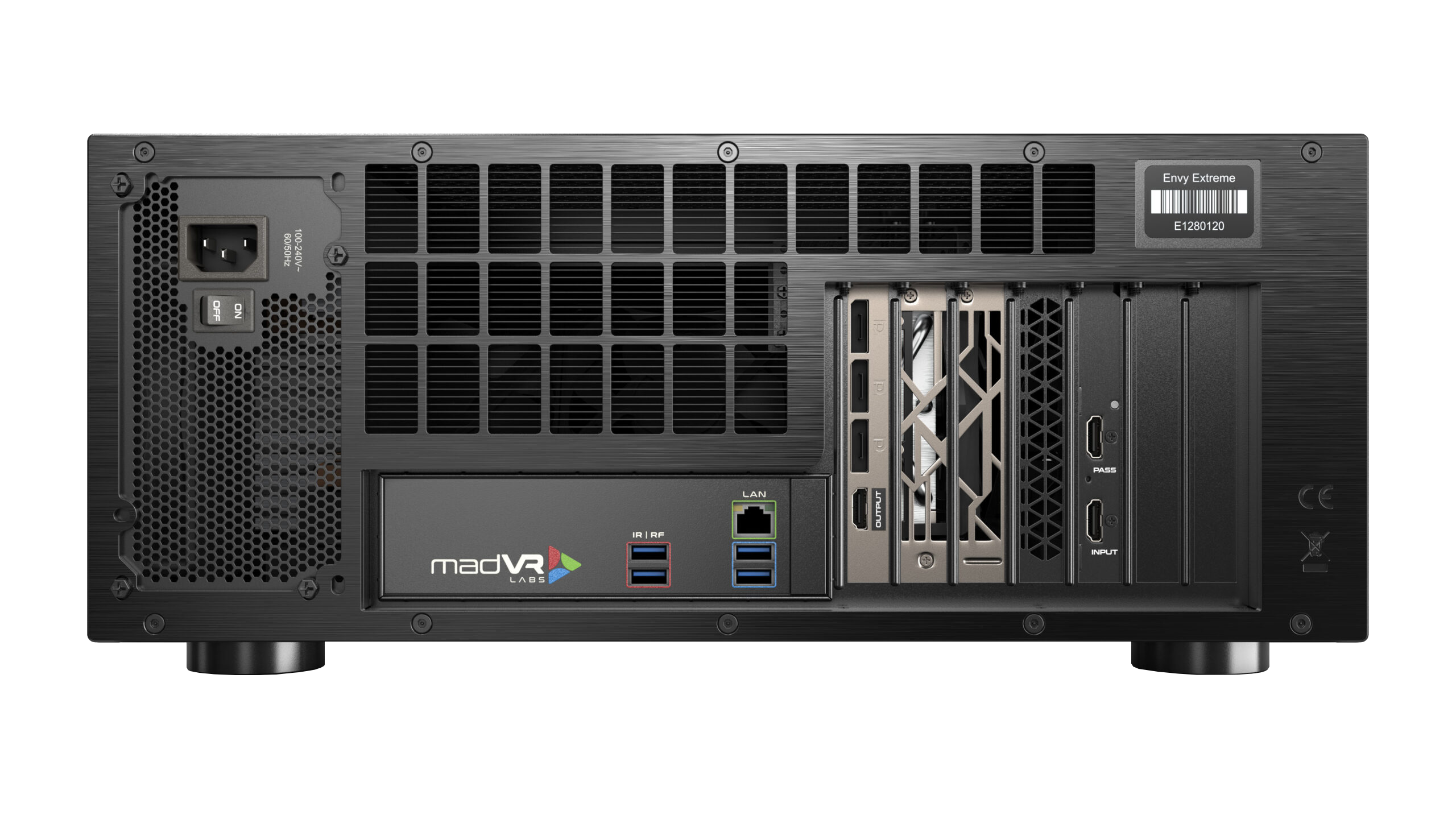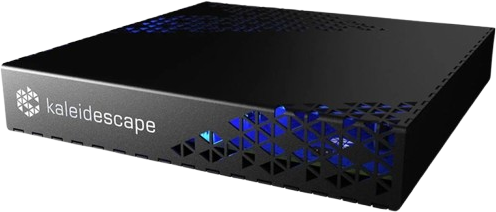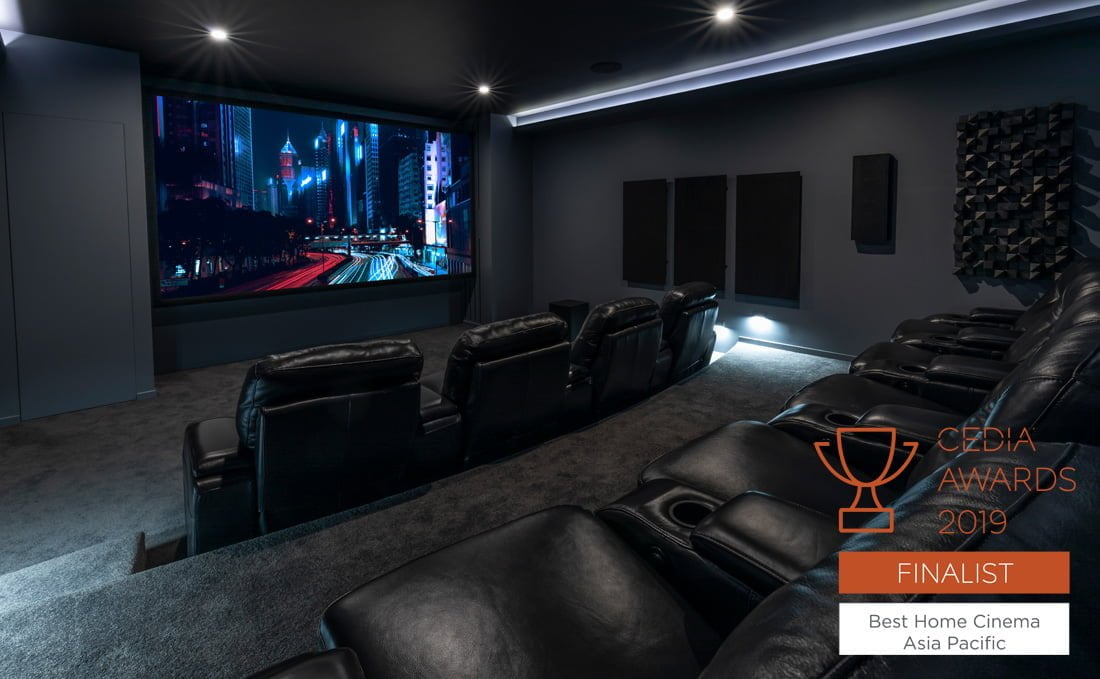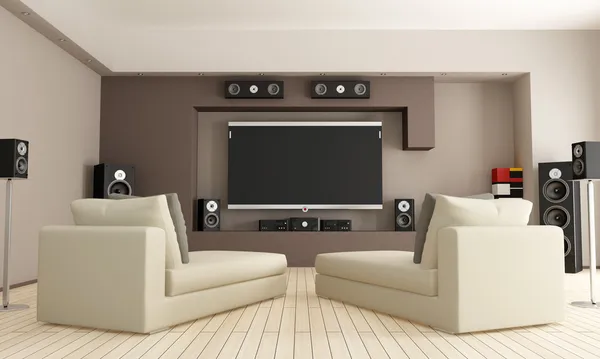Blog article
Trinnov WaveForming: What Is It and How Does It Work?
WaveForming is a new redefining bass production and calibration technology that delivers a level of bass performance that until now has not been possible. By completely removing the room's modal response, Trinnov WaveForming delivers thick, powerful and defined bass for the most exciting and detailed bass experience possible

What is WaveForming?
A giant leap forward in the field of bass management and performance in home cinema, Trinnov’s patented WaveForming technology is a radical new approach and the best solution to the two main challenges we face as professional cinema designers when considering room acoustics and in particular, bass.
Experience Australia’s best waveforming live.
Room Modes and Seat-to-Seat Consistency:
Ever since loudspeakers have been able to create reasonable bass levels, home cinema designers have been developing ways to deal with the challenges of physics when working with bass in small rooms. Put simply, the wavelengths of bass frequencies are longer than a typical home cinema room dimensions and take more distance to develop. As a result, these waves cannot fully develop before they reach a boundary and “fold” back on themselves often multiple times creating what is known as standing waves or room modes. These room modes play out as drastic variances in bass from seat to seat. Some seats experience too much bass and some seats have a disappointing lack of bass. Trinnov WaveForming actively eliminates these room mode issues to ensure every seat in the house experiences bass clarity, impact and definition.
With WaveForming, you can meet the new CEDIA RP22 level four requirements and achieve tight response across the entire listening area.
Bass Decay Time:
Bass has a lot of energy and particularly in small rooms like home cinemas, it can take a long time for that energy/sound to dissipate to a level that can no longer be heard. In this time, the soundtrack of course goes on, more bass is created and as a result of the lingering bass created earlier interfering with the current and now more relevant bass, definition and accuracy are lost.
How does WaveForming work?
In short, WaveForming is advanced control of low-frequency acoustic waves using an array of individually controlled subwoofers at calculated positions on the front and back wall. WaveForming creates a unified planar wave of bass emitted from the front subwoofer array that is then actively cancelled by the opposing array of subwoofers on the rear wall. As simple as it sounds, this requires vast amounts of room acoustic data to be captured and analysed and a huge amount of processing power as Trinnov uses proprietary algorithms to adjust each subwoofer independently. This level of processing and control has not been available until now and is only available with Trinnov products.
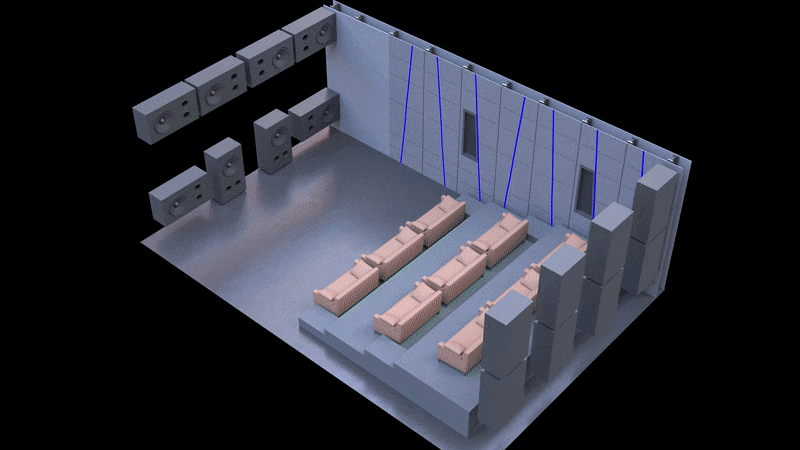
What are the benefits of WaveForming?
WaveForming has many huge benefits for your home theatre design.
Seat-to-Seat Bass Consistency
WaveForming creates a wave of bass that sweeps through the room providing a consistent frequency response across the room and between all rows.
Tight, Fast and Punchy Bass
The resulting bass from a WaveForming system has a massive sound stage which is punchy and has a very low decay time. This means that the bass is tight and does not linger in the room, so you hear all of the bass soundtrack as the director intended.
WaveForming will give you the best possible bass performance in your home theatre so contact us for a demonstration.
Will WaveForming work in my cinema?
Many factors contribute to a room being suitable for waveforming and these factors include room size, number of seating rows, required performance level and budget.
With WaveForming the planar wave requires a minimum of 1-meter distance from the front of the subwoofers for the wave to form, therefore any seats can not be located closer than 1 metre from the subwoofers. This means that the average seating distance from the rear wall in a WaveForming room is around 1.5 metres. In addition to this, installing a wall of subwoofers on the screen wall may also push the projection screen out further from the wall. Combining these two factors means that the average room length required for a WaveForming system with 2 rows of seating may increase to around 7 metres. Less than this and the cinema designer may be forced to place the rows of seating closer together than what is ideal and even reduce the screen size as it may push the front row of seats closer to the screen.
The upper-frequency response of the planar wave in a WaveForming system is dictated by the number of subwoofers located horizontally and vertically across the front wall of the cinema. It is recommended that the upper frequency of the wave should not fall below 100Hz, with 120Hz being recommended. When deploying a WaveForming system with just 2 subwoofers wide on the front wall, the widest the room can be before the upper frequency drops below the 100Hz cutoff is 4.6m wide. Therefore any room wider than 4.6m should employ a subwoofer array of 3 subwoofers wide or more. Using an array of 4 subwoofers (2×2) on the front wall is relatively easy to implement, but moving up to 6 subwoofers (3×2) is more difficult to fit and also more costly as that system would now have 12 subwoofers utilising 6 on the front wall and 6 on the rear wall.
The key to building a great high-performance WaveForming cinema is to get the room dimensions right, meet the required seating locations relative to the screen and use the right subwoofers to achieve it. As you can see, creating a home theatre with WaveForming can be complicated which is why we recommend that our clients engage us to complete a full home theatre design where we take care of all the fine details for you.
Experience Australia’s largest Trinnov WaveForming system for yourself in our Ormeau showroom.
After meeting with you, we develop exclusive designs that will maximise the performance of your home theatre system and complement your individual style. Our full suite of engineering, architecture, interior design and installation services streamlines the process, ensuring we are able to maintain your vision from first concepts through to completion.

